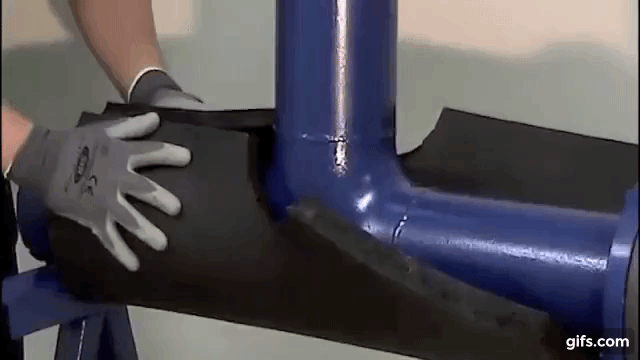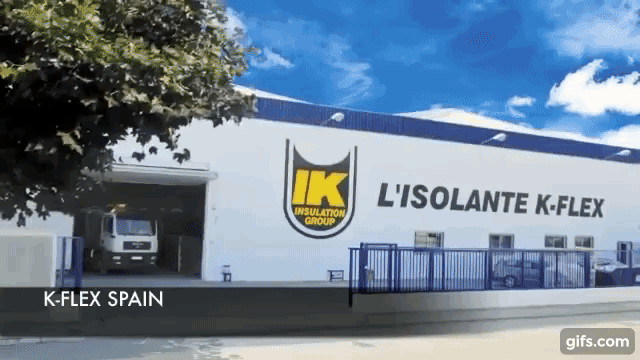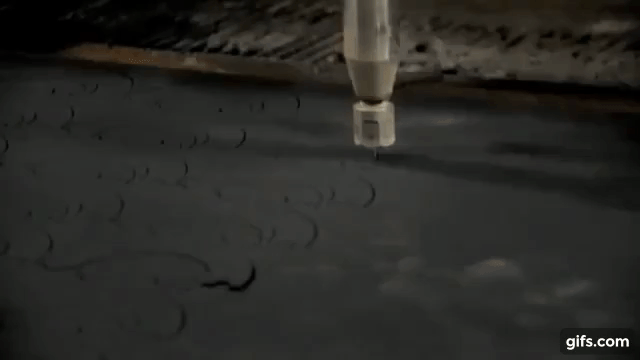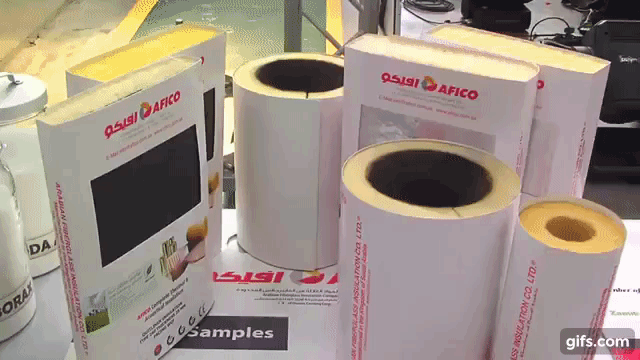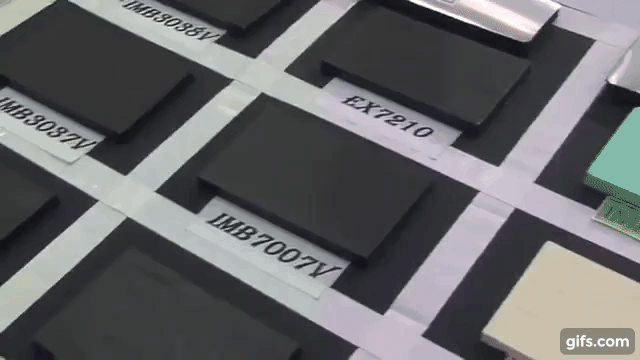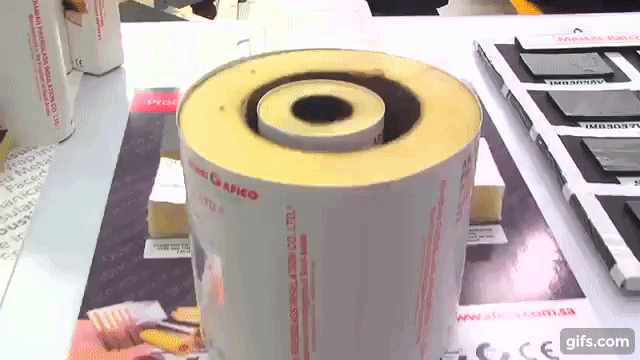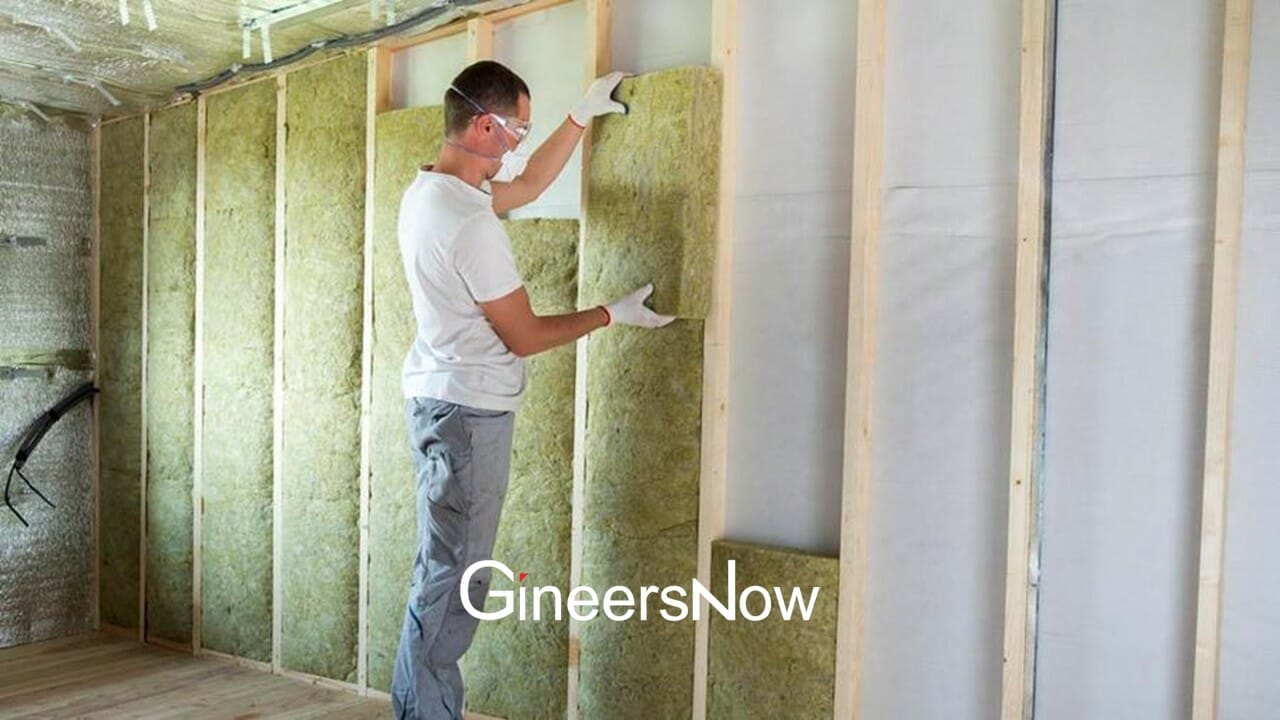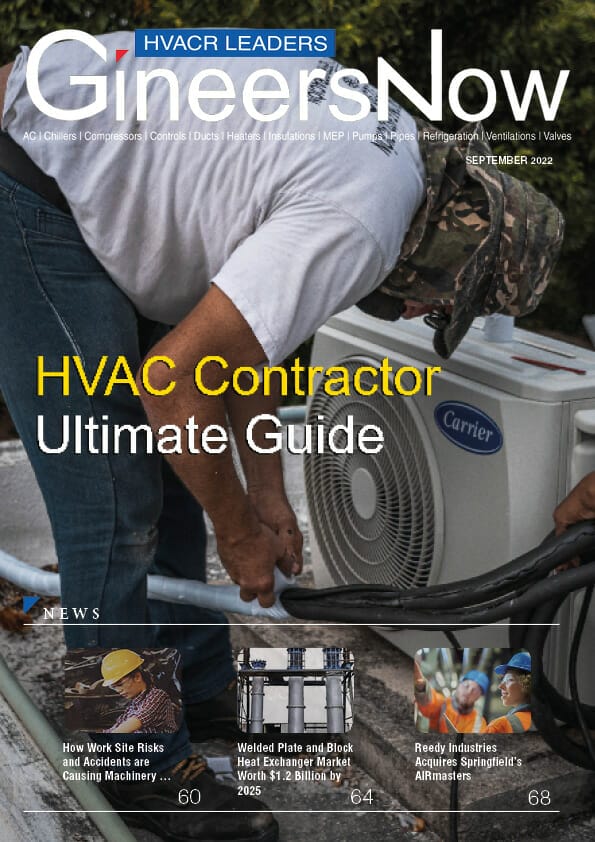Should you choose Fiberglass insulation or elastomeric nitrile rubber insulation?
Insulation has a critical role in houses and buildings. It is that component which provides resistance to the flow of heat, ideally increasing the efficiency of heating and air conditioning. In short, it helps maintain desired temperatures inside.
For owners to make their houses and buildings comfortable while cutting energy costs, they need to have ample knowledge when it comes to good insulation.
A topic like this can easily bore those not directly involved in the HVAC industry, but note that heating and cooling account for roughly half of the energy used in the average home and about 40% in commercial buildings. Putting much thought and deciding on insulation matters will be worth it.
For starters, there are different types of building insulation according to material composition. The most commonly used ones are fiberglass and elastomeric nitrile rubber due to their superior insulating performance, with cellulose, cotton, straw, hemp, and sheep’s wool as other options.
MEP engineers would agree that an important consideration in choosing an insulating material is the R-value, or its capacity in resisting heat flow. The higher the R-value, the greater the insulating power. The R-value varies on the type of material, its thickness, and its density.
Now the questions beg, “Which type of insulation is the best for your house or building? What is the difference in fiberglass insulation and elastomeric nitrile rubber insulation anyway?”
Fiberglass Insulation
Fiberglass insulation is usually packaged like rock wool in either rolls, loose fill, or 8 foot batts. It is made of very thin glass fibers, which is lightweight and cost-effective, making it a practical option for both residential and commercial applications. Such insulation is insusceptible to burning and dampness because it is made of glass.
It’s also a lower cost product that can be installed without the use of expensive equipment.
Other than that, fiberglass insulation is also effective in sound proofing. Having millions of bound fiber that trap pockets of heat, it allows the reduction of noise.
When it comes to its effectiveness, fiberglass has an R-value between 2.9 and 3.8 per inch of thickness according to the U.S. Department of Energy. But there are manufacturers which produce medium and high-density fiberglass batt insulation with slightly higher R-values – between 3.7 and 4.3 per inch – for insulating areas with limited cavity space.
Elastomeric Nitrile Rubber Insulation
For most MEP engineers, elastomeric nitrile rubber insulation or commonly known as foam insulation is the preferred choice because of its high moisture resistance. That is thanks to its cellular structure, having millions of tiny barriers that resist the migration of liquid. Not only does this characteristic help in controlling moisture, it also ensures steady, long-term thermal performance.
Elastomeric nitrile rubber insulation also has an advantage in terms of promoting indoor air quality. That’s because elastomeric nitrile rubber insulation, does not contain formaldehyde or fibers and has very low volatile organic compounds.
Coming in sheets, rolls, tubes, and spray, elastomeric nitrile rubber insulation has two types: open cell and closed cell, each with different characteristics. Open-cell foam is soft and spongy, impermeable to air but permeable to moisture with R-value per inch ranging from 3.6 to 4.3. Meanwhile, closed-cell foam becomes rigid when applied and have an R-value range from 6 to 7.
The choice between fiberglass insulation and elastomeric nitrile rubber insulation actually depends upon the preferences of MEP engineers upon an analysis of the house or building’s requirements and also according to the owner’s specifications.
In the Middle East’s HVAC industry, a leading distributor of fiberglass insulation and elastomeric nitrile rubber insulation is Unigulf Development. The company offers a wide range of closed cell elastomeric nitrile rubber insulation products manufactured by K-Flex Gulf Manufacturing and fiberglass insulation produced by Arabian Fiberglass Insulation Company Ltd. (AFICO).
There are three closed cell elastomeric nitrile rubber insulation products available at Unigulf.
K-Flex ST / LS / Alukraft
This is developed with new micro cell technology, made to have high resistance to moisture and good resistance to chemical reaction. On top of having an antimicrobial protection, it also does not require any vapor barrier coatings as it has a very high water vapor diffusion resistance (µ≥7000). Alukraft has zero ozone depletion potential (ODP) and a global warming potential (GWP) of less than 5.
K-Flex Duct Liner
This also has an antimicrobial protection with resistance to fungi and mold growth. The Duct Liner is manufactured in open and closed cell, both of which are CFC, HFC, HCFC and formalde-hyde free. It also has an excellent sound absorption.
K-Flex K-Fonik Acoustical Insulation
Available as open cell or closed cell duct liners, this insulation product is perfect for piping, HVAC, floor, wall and structure acoustical insulation. It is environmentally friendly and formalde-hyde- and fiber-free with excellent sound control performance.
In the fiberglass insulation side, Unigulf has the AFICO fiberglass insulation products which come in duct wrap, board, pipe, and acoustic liner.
All of them are eco-friendly and free from formaldehyde, with resistance to fungi and mold growth. They are composed of fine, stable and uniformly textured inorganic glass fibers bonded together by a non-water soluble and fire-retardant thermosetting and heat resistant resin. The AFICO fiberglass insulation products are available in various sizes and densities fit to the customers’ needs.
AFICO Duct Wrap Insulation
Manufactured in a roll form, Faced Duct Wrap Insulation is highly efficient, resilient, flexible blanket insulation which helps prevent condensation when properly applied to air-condition duct-work.
AFICO Board Insulation
AFICO Board Insulation is a semi-rigid and rigid glass fiber board intended as thermal and acoustical insulation for exterior walls, interior walls and partitions, cavity wall construction, floor, pre-cast structures and prefabricated houses. It can be applied on masonry surfaces and precast concrete.
AFICO Pipe Insulation
This heavy density, preformed insulation product is intended for use as thermal and acoustic insulation for hot or cold, concealed or exposed steel, copper and plastic piping where temperatures are between -18 °C and +450 °C (0 to 850 °F).
AFICO Duct Liner Insulation
Primarily used as an efficient sound absorption treatment, the AFICO Duct Liner is perfect for acoustic enclosures, generator rooms, studios, curtain walls, auditoriums, conference rooms, theaters and others. It is used as thermal and acoustical insulation of heating air-conditioning and interior of dual-temperature duct work, air handling equipment and plenums operating at air-velocities up to 30 m/s (6000 FPM) and temperatures up to 121 °C (250 °F).
K-Flex and AFICO are trusted brands by MEP engineers especially in the Middle East. Both already have a reputation in the HVAC industry as manufacturers of insulation products, with Unigulf Development LLC based in Dubai, UAE as their reliable distributor.



